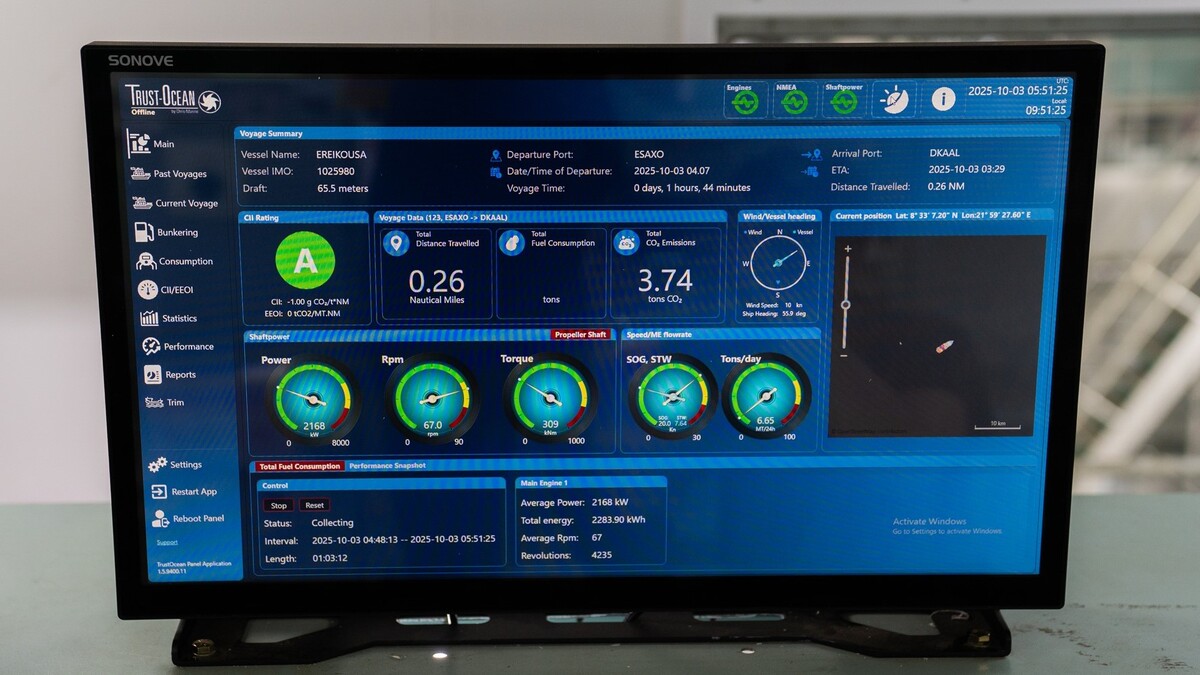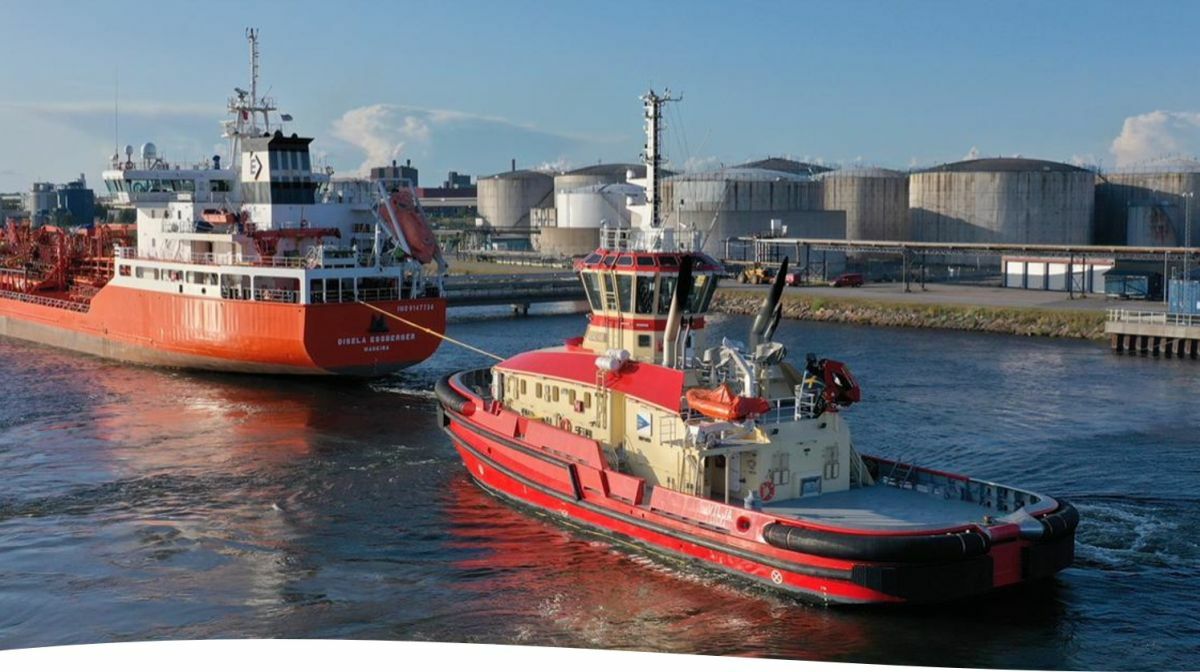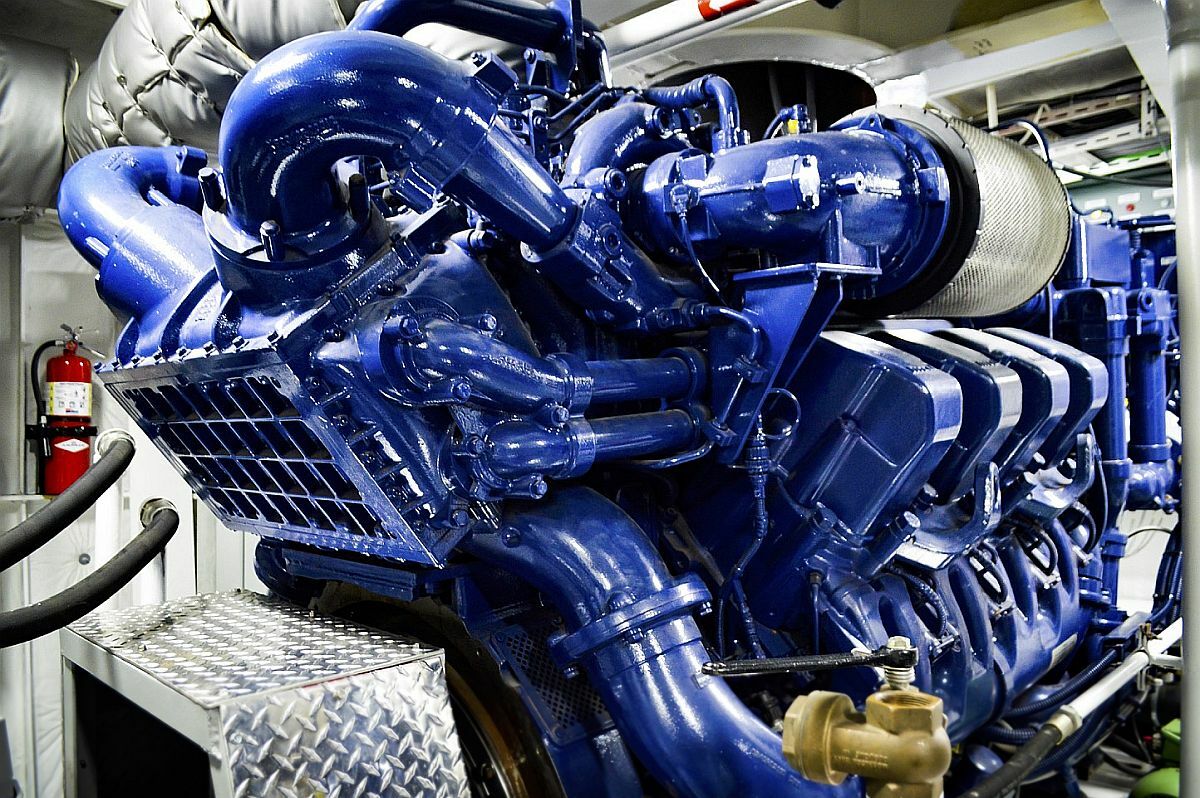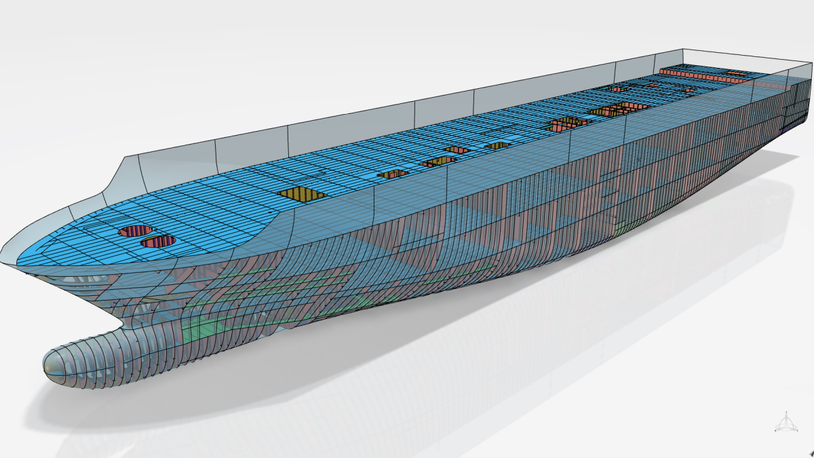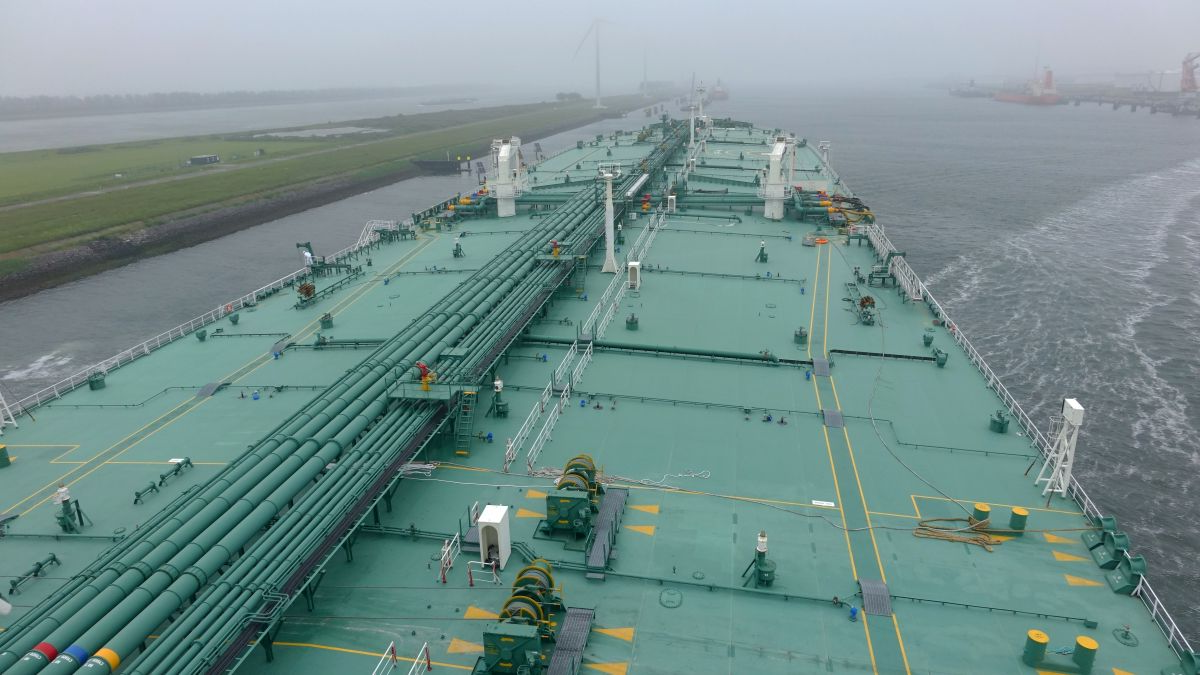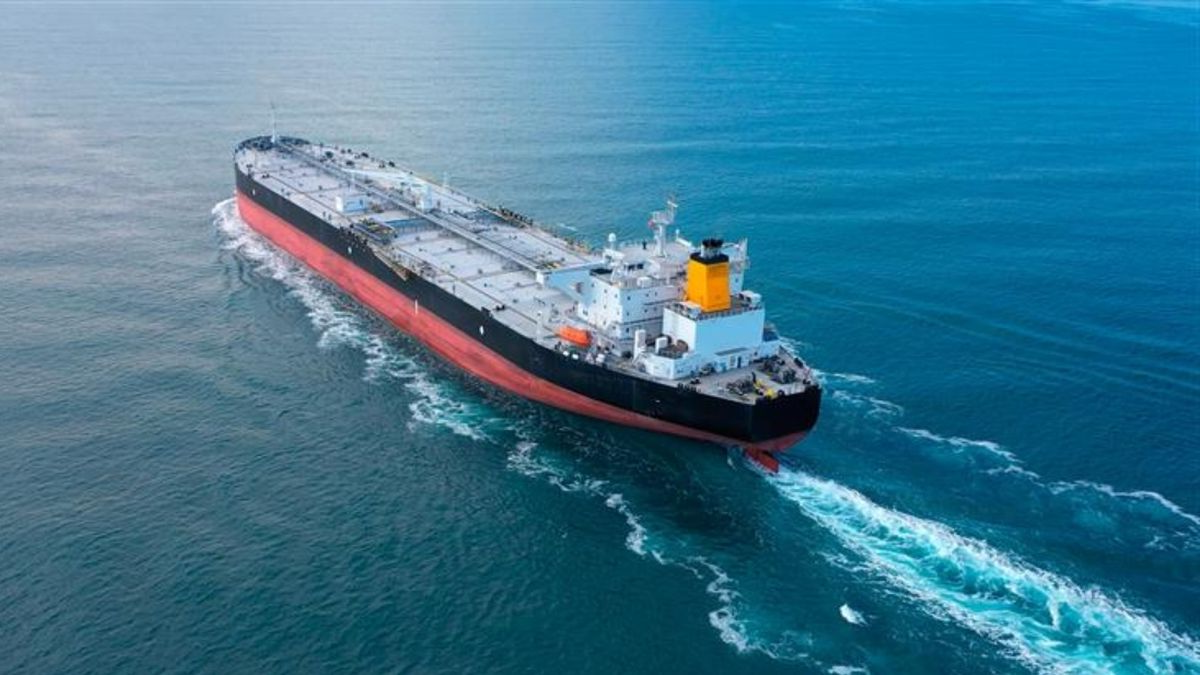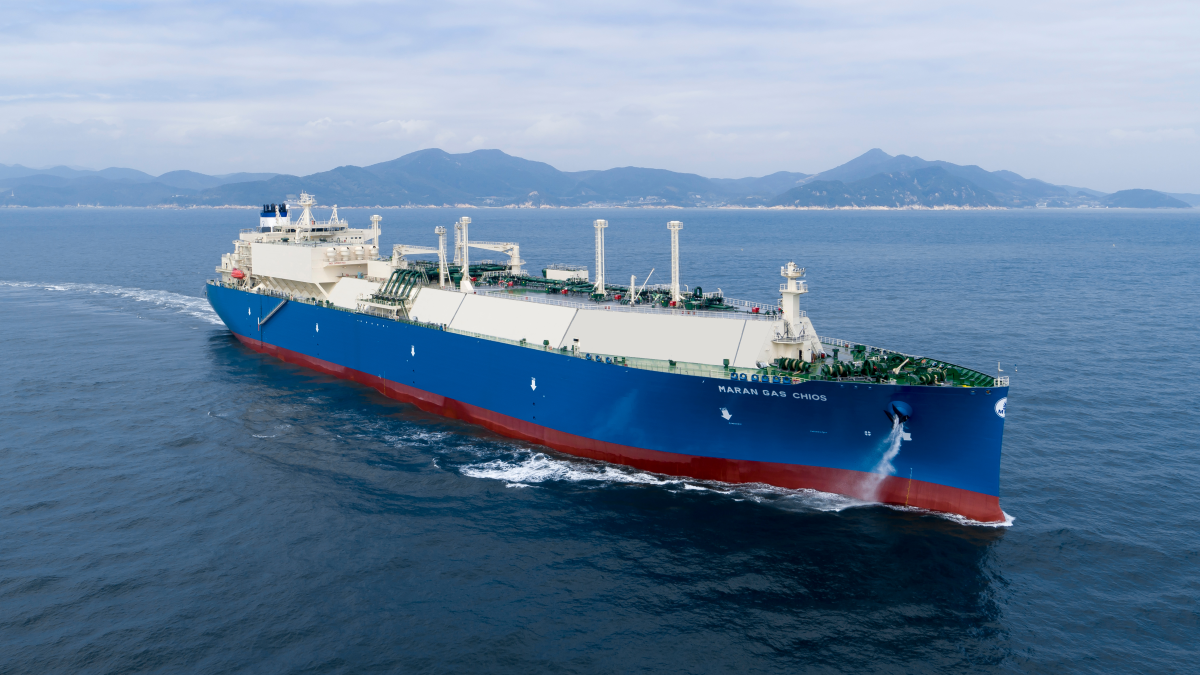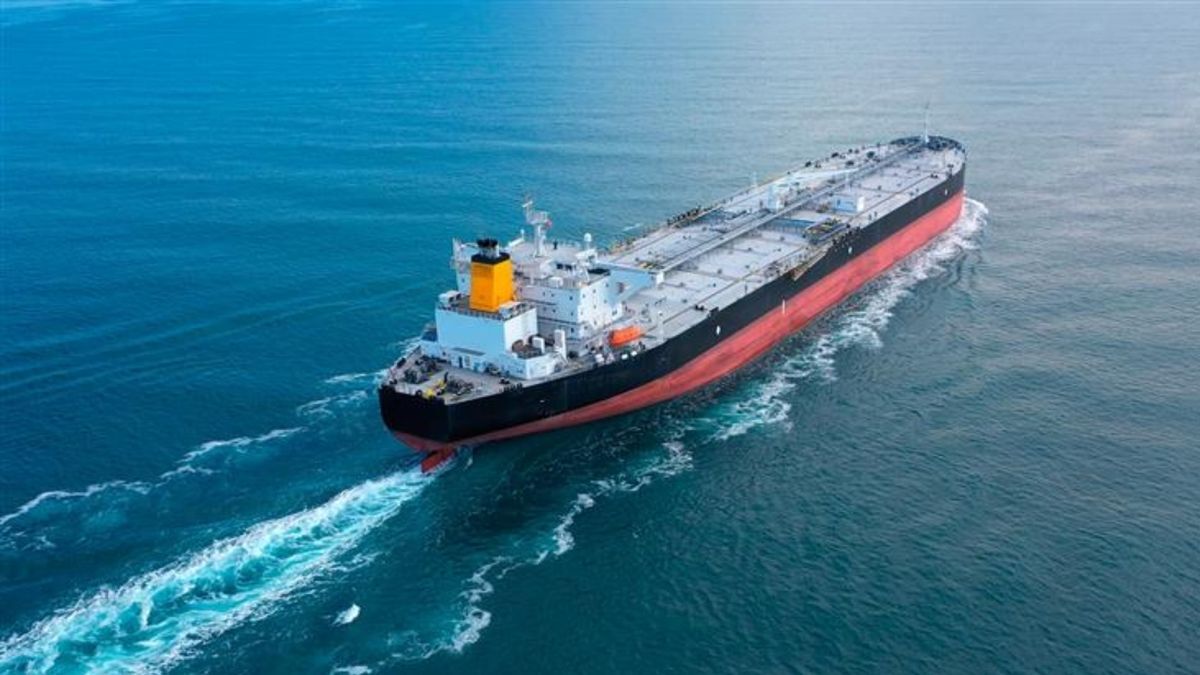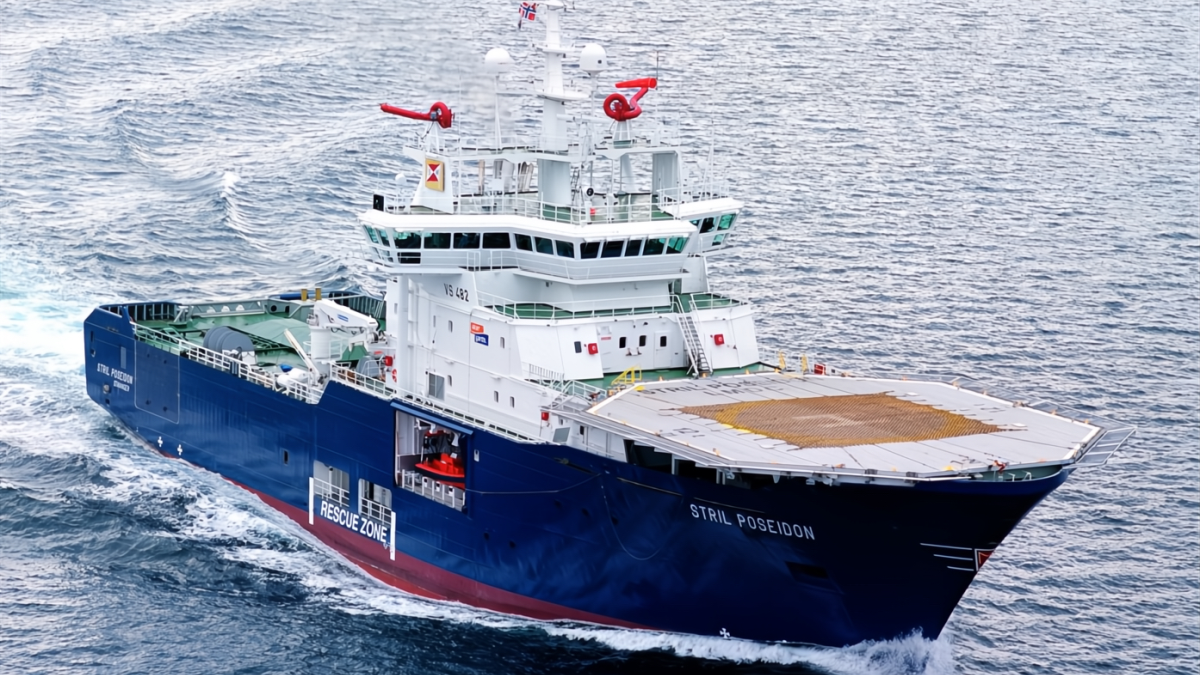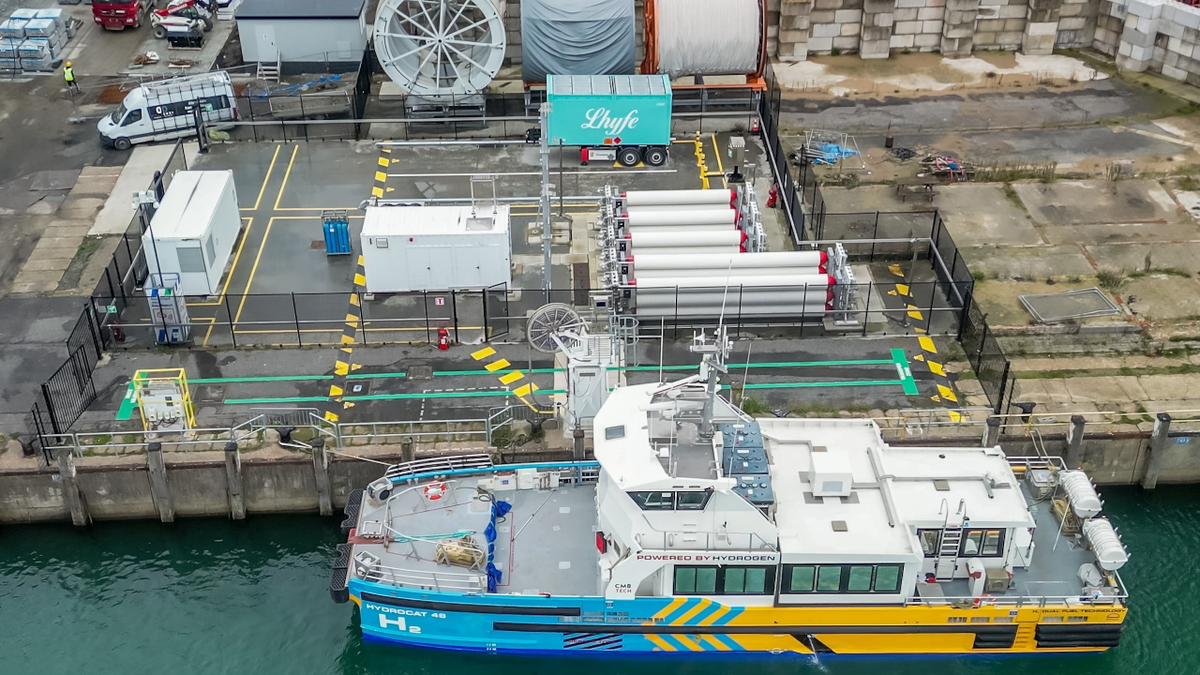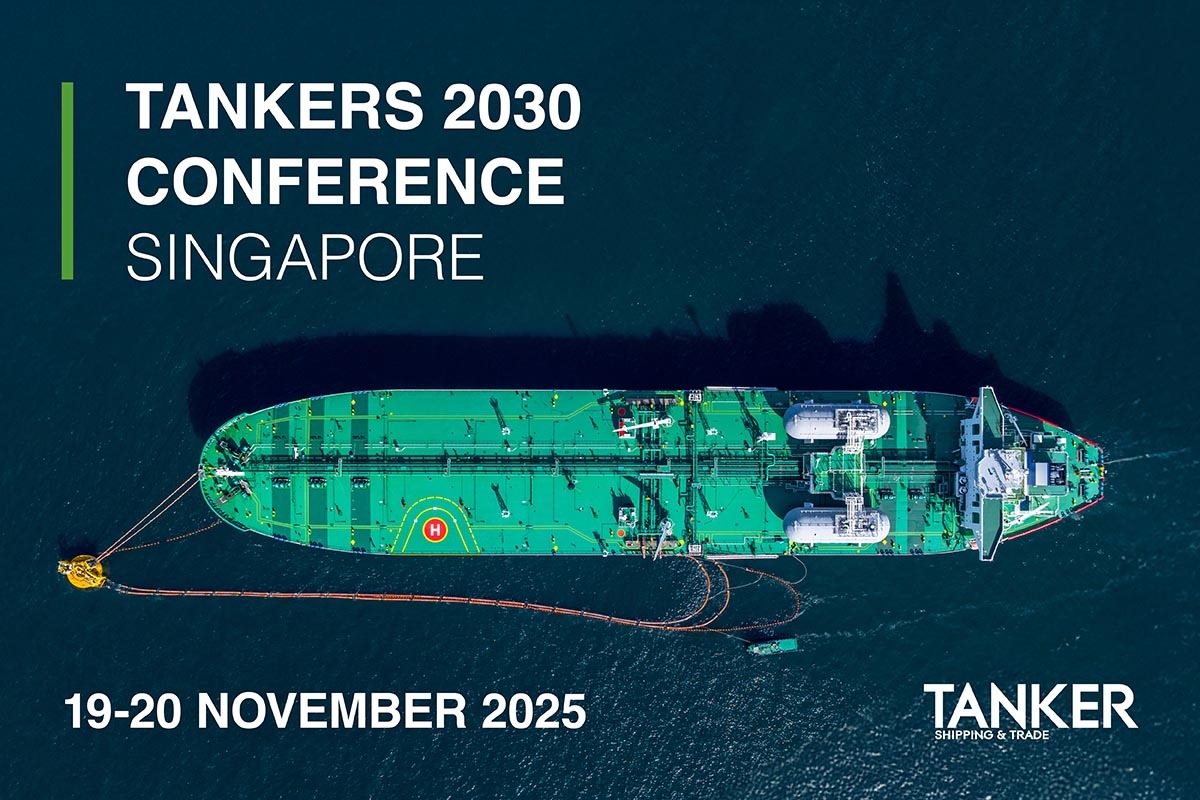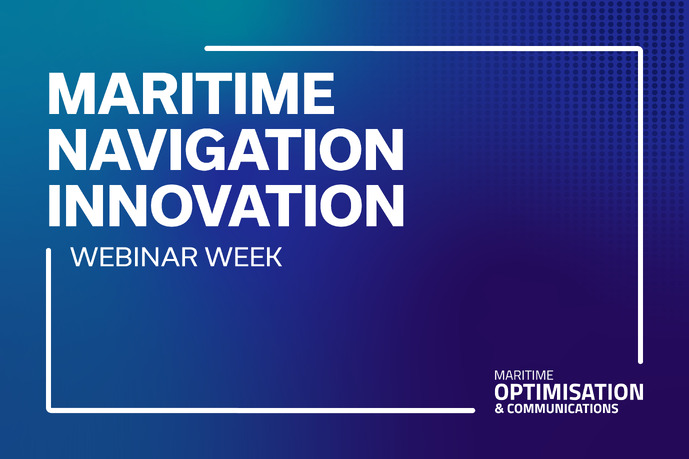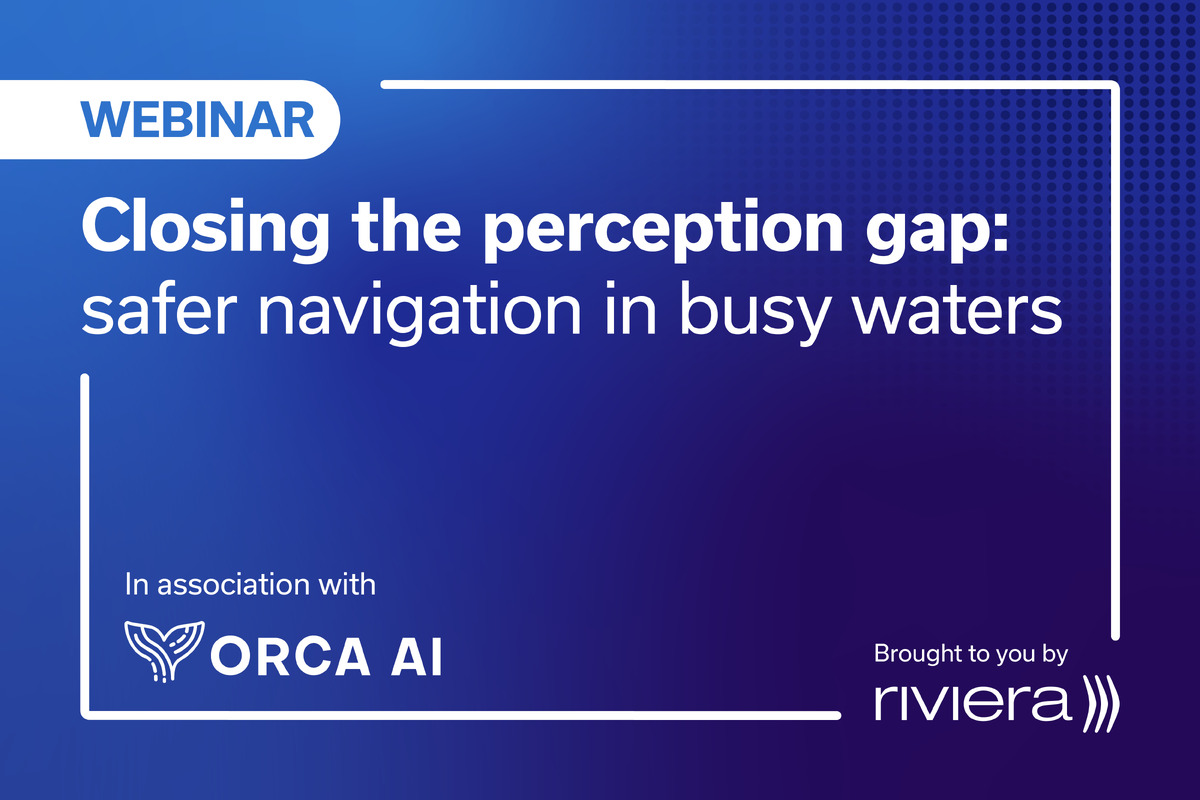Business Sectors
Contents
A bright future for electric propulsion
Vessel owners are beginning to recognise the financial and environmental benefits of investing in hybrid and electric propulsion for tugs, workboats and ferries
Hybrid and electric propulsion are becoming more prevalent in different maritime sectors to help cut emissions and reduce fuel consumption. More workboats, tugs, offshore support vessels and passenger ships are being built with hybrid-electric or energy storage systems as owners recognise the environmental and financial benefits.
Some of these owners explained their investments in hybrid propulsion during Riviera Maritime Media’s Hybrid and electric tug viability: the future’s bright webinar, on 3 September. Port of Luleå technical manager John Sundvall described why and how this port in Sweden invested in a newbuild ice-breaking harbour tug, Vilja.
Gondan Shipyard built the tug in Spain to a Robert Allan TundRA 3600 design with Wärtsilä-supplied hybrid propulsion and integrated power systems.
Mr Sundvall said the reasons for investing in a hybrid tug were to reduce emissions during transits to towage jobs and to use clean energy available at the quayside.
“A key benefit with our hybrid is low emissions during missions, when we may only need to use one engine,” said Mr Sundvall. “We needed a lot of power, but full power was seldom used.”
Another benefit is the peak shaving function when power loads are uneven, as Vilja operates through ice in the Port of Luleå. “We can start the engine using electric and there are different modes of operation,” he said. “We have clean energy available with the possibility of charging at the quayside, which is suitable for hybrid.”
Batteries on board provide a boost to Vilja’s power, increasing its bollard pull from 90 tonnes to 100 tonnes for heavy towage in ice.
Mr Sundvall then explained why Wärtsilä was selected. “Because we wanted one supplier for the whole system,” he said. This included the main engines, generators, batteries, electric motor and the power management system. Power from this system feeds a pair of Kongsberg US355 thrusters.
Impact of batteries on Vilja’s bollard pull
Batteries provide a boost to Vilja’s power for heavy towage in ice. This makes Vilja the most powerful hybrid tug in the sector. Vilja’s forward bollard pull is:
- Using just electric propulsion: 30 tonnes.
- In hybrid mode: 40 tonnes.
- In mechanical-only mode: 90 tonnes.
- Mechanical with battery boost: 100 tonnes.
Vilja’s environmental and financial performance has been higher than anticipated. “We are getting better consumption savings and lower costs than anticipated,” Mr Sundvall said. “We are only using diesel during ship assistance and we are getting a better range during transits, when on electric mode, than we expected.”
Wärtsilä Marine Power director of business development Giulio Tirelli explained how vessel owners should evaluate the balance between higher capital expenditure (capex) for hybrid propulsion versus the anticipated savings in operational expenditure (opex) and maintenance.
“It is about finding the balance between everyday needs of low power with heavy assist and high bollard pull for a short period of the time,” he said.
“We need to retain this capacity, but finding the balance is challenging. Hybrid helps find this balance between opex and capex.”
Tug operators will have various bollard pull needs in different modes of operation, which means hybrid propulsion needs to be “tuned for the best fuel consumption and least extra capex. There are a lot of possibilities,” said Mr Tirelli.

US hybrid tugs
During the Wärtsilä-sponsored webinar, Great Lakes Towing Co president Joseph Starck described another cheaper option for reducing fuel consumption when modernising an ageing fleet. Great Lakes Towing is building a new fleet at its own shipyard to Damen’s Stan Tug 1907 Ice design and with hybrid propulsion, but no batteries.
Five of these tugs are completed and the keel of the sixth hull has been laid, said Mr Starck.
These newbuildings are powered by two MTU 8V4000 diesel engines, compliant with US Environmental Protection Agency (EPA) Tier 3 emission requirements, driving 3-bladed Kaplan style propellers in Kort nozzles.
“We are getting a better range during transits when on electric mode than we expected”
They each have two John Deere/Marathon generator sets and a hybrid power system supplied by Logan Clutch Corp and installed by Canal Marine & Industrial.
Mr Starck explained how these hybrid devices help cut emissions by 50% in some modes. “We have two types of hybrid devices,” he said. FlexaGen has a Logan variable-speed motor/generator power take in (PTI) device linked to Twin Disc transmission of double-clutch design. FlexaDrive has two Logan variable-speed motor/generator PTI units on Twin Disc transmission.
“FlexaGen replaces a generator with a variable-speed electric motor, driven off the gear, that can generate electricity to the switchboard at any engine speed,” Mr Starck explained. “We are saving fuel, so there are lower emissions, and saving on wear and tear of the generators.”
FlexaGen runs all the time the engine is running, from dock to the job and then back to the dock.
“FlexaDrive has two electric motors, one on each gearbox, meaning engines can operate as generators, or a generator can operate all propulsion,” Mr Starck said. “We selected this system because we really did not want batteries, as these are the complicated element of a hybrid system,” he commented.
Great Lakes’ tugs run long periods exclusively on the electric motors, driven by one 99-kW generator set. There are four modes of operation for these hybrid propulsion tugs. The first is the diesel electric mode for when the tug is transiting to and from the jobsite at around 5.5 knots. “While it is waiting at the jobsite, the tug can operate purely on 60-kW electric motors, which are powered by a generator,” said Mr Starck.
“At the jobsite we switch from hybrid to full diesel. But we shut down our diesel generators and use gear-driven generators, so the electric motor sends power to the main switchboard.
“After the ship assist, we switch back to hybrid mode,” he continued. “During the ship assist we also have the boost mode, where we have the generator and the main engine running, adding about 2 tonnes to our total thrust that is normally 30 tonnes.”
Great Lakes Towing has seen 73% reductions of particulate matter, 51% less NOx and 27% less CO2 from using the hybrid propulsion on these tugs.
Damen has also designed an all-electric tugboat for Port of Auckland, to be named Sparky, for delivery in 2021. This reverse stern drive (RSD) 2513 design tug will be driven by a pair of electric-driven Kongsberg US255 azimuth thrusters. It will have total power of 3,800 kW, a top speed of 12 knots and 70 tonnes of bollard pull.
In another project, Damen designed an azimuth stern drive (ASD) offshore terminal tug for Edison Chouest Offshore, which is building two of these for operation in Guyana.
These 50-m vessels will have hybrid propulsion for periods between work when engines can be turned off. Damen designed this tug to provide escort, hold-back, hose-handling and maintenance duties offshore Guyana. Each will have twin C-280 engines and azimuth thrusters generating 120 tonnes of static bollard pull.
ABB has supplied hybrid-electric propulsion for China’s first emergency response and rescue vessel, built for Shenzhen Maritime Safety Administration by Huangpu Wenchong Shipbuilding. Shenhai 01 will conduct rescue operations and tow distressed ships to safety.
“We really did not want batteries, as these are the complicated element of a hybrid system”
It can be fully powered by batteries for up to three hours of operations, important for safe rescue in areas affected by hazardous gas, such as attending a distressed LNG-fuelled ship, chemical or LPG tanker.
This 78-m vessel features a full scope of ABB’s electric, digital and connected solutions, from bridge to propeller, with twin Azipod electric propulsion, batteries, automation, power management and control systems. It has three sets of diesel generators and two sets of lithium batteries with total capacity of 1,680 kWh.
Electric ferries
In the passenger shipping sector, where newbuilding programmes have been decimated by this year’s global coronavirus pandemic, vessels under construction will have hybrid or electric propulsion.
ABB is supplying hybrid propulsion systems for two P&O ferries that will be the largest to sail the English Channel when they launch in 2023. P&O Ferries will operate these two ferries on the route between Dover, UK, and Calais, France.
Both ferries will feature a hybrid propulsion system using electric power from 8.8-MW batteries and diesel generators, which ABB said can help cut fuel consumption by 40%.
P&O Ferries said it chose hybrid propulsion to benefit from the bridge-to-propeller integration. The vessels’ double-ended design will feature a pair of azipod units and a bridge at each end, removing the need to turn the vessels in port, saving one tonne of fuel – a sixth of what is used on a single-ended vessel’s crossing.
The vessels’ batteries will provide full power for harbour manoeuvring and can be charged in port as more electric shore charging options become available.
Each ship will feature four ABB 7.5-MW azipod propulsion units, and the vessels’ engines will be equipped with a Power2 two-stage turbocharging system that can achieve up to 5% in fuel savings and reduce NOx emissions by 60%.
Vancouver-based Western Pacific Marine is building a hybrid diesel-electric car ferry for Kootenay Lake in British Columbia, Canada under a C$62.9M (US$48M) contract.
It will be built with hybrid propulsion, but the long-term plan is to convert this ferry for electric propulsion by 2030, once shore power is installed.
Holland Shipyard Group is building five new all-electric ferries for Amsterdam’s municipal public transport provider, Gemeente Vervoerbedrijf (GVB).
These ferries will be equipped with air-cooled Corvus Orca Energy storage systems. These 41 m by 13.9 m vessels will be the largest fully electric roro vessels in the Netherlands. The first is scheduled for delivery in 2021 and the rest by 2023.
Hybrid versus all-electric propulsion considerations
Damen Shipyards product manager for tugs Erik van Schaik explained how vessel owners should also consider going fully electric with batteries and quayside charging.
He evaluated the total cost of ownership of a tug that could be all-electric or with hybrid systems, including comparing capital expenditure, fuel, urea, electricity and maintenance costs. He also compared emissions.
“Everyone is looking to achieve maximum fuel and emissions reductions and minimum rises in capex – and this is what we are trying to achieve,” he said.
“When looking at lower emissions, it is easiest to use shore power with batteries. Total cost of ownership can be equalised between going fully electric and hybrid systems over the lifetime,” he added.
|
Tug propulsion concept cost comparison and emissions |
||||
|
Diesel |
Diesel + SCR |
Battery hybrid + SCR |
Electric |
|
|
Capex |
100% |
105% |
140% |
200% |
|
Fuel/urea costs (IMO Tier 3) |
100% |
100% |
85% |
0% |
|
Electricity costs |
0% |
0% |
15% |
100% |
|
Maintenance costs |
100% |
100% |
75% |
50% |
|
CO2 |
100% |
100% |
85% |
0% |
|
Nox |
100% |
20% |
15% |
0% |
|
Particulate matter |
100% |
100% |
85% |
0% |
|
(source: Damen) |
||||
Related to this Story
Events
International Bulk Shipping Conference 2025
Tankers 2030 Conference
Maritime Navigation Innovation Webinar Week
© 2024 Riviera Maritime Media Ltd.

